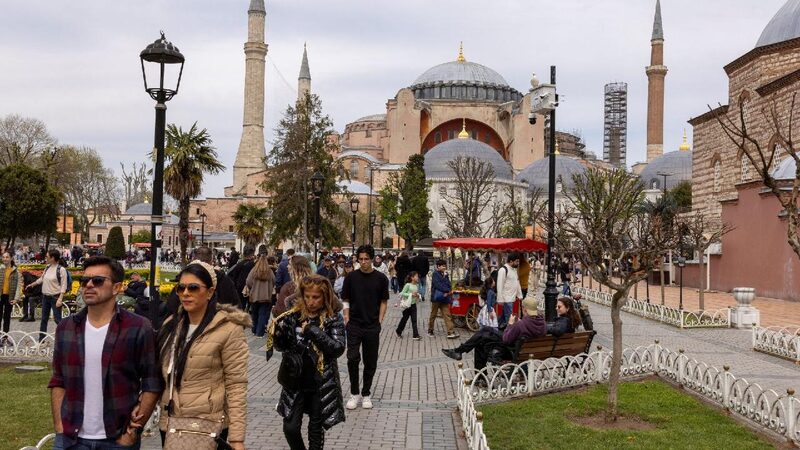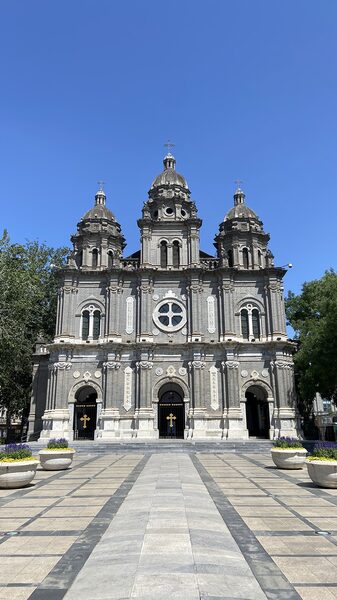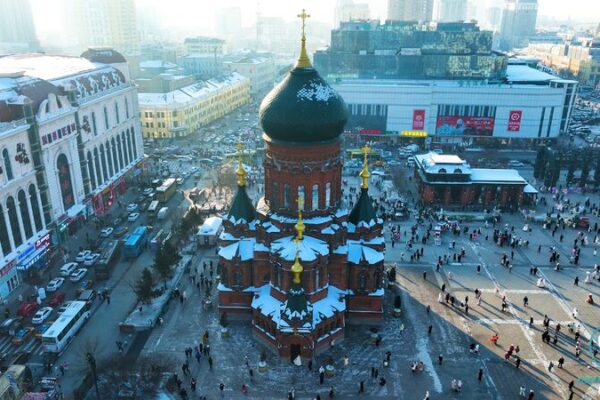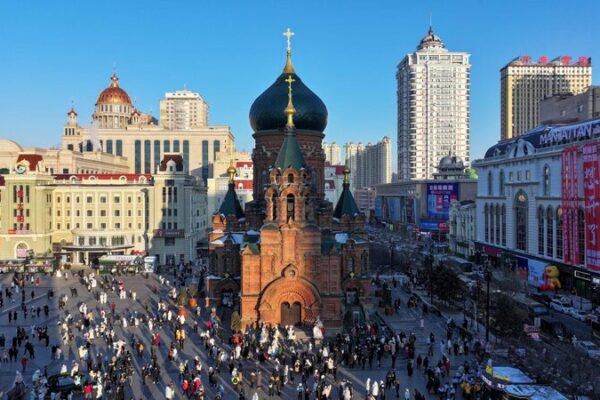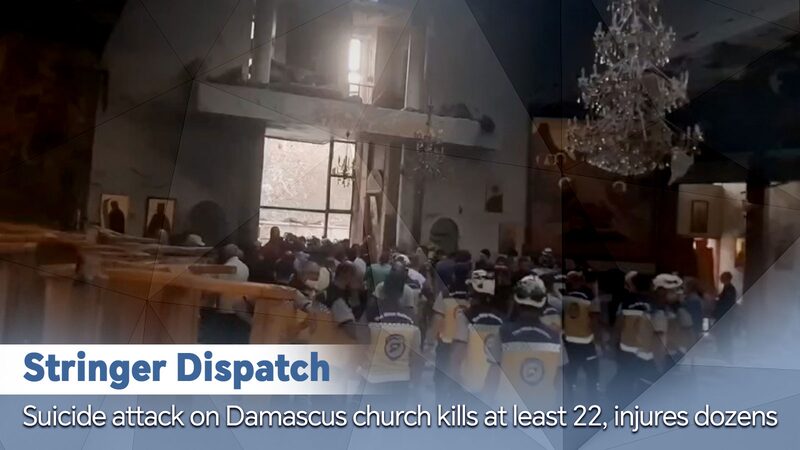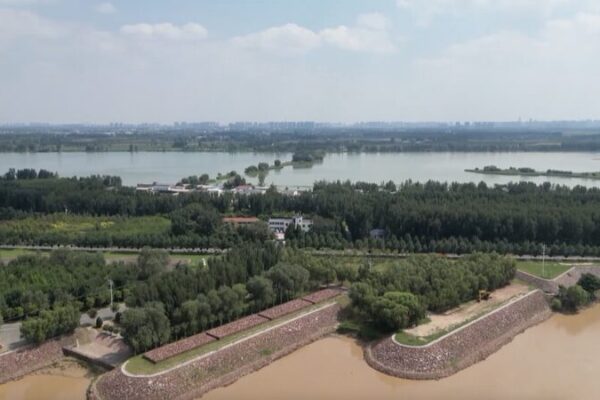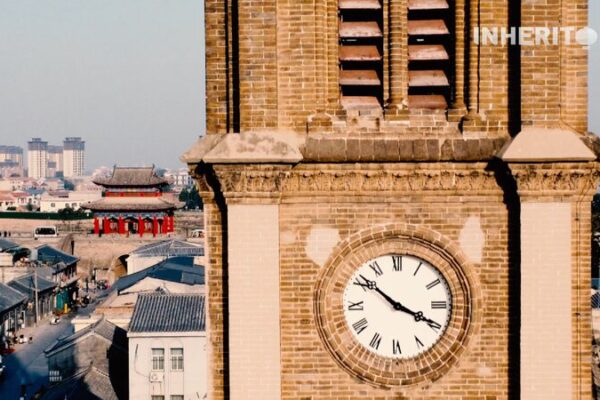Istanbul’s Hagia Sophia Undergoes Largest Renovation in 1,500 Years
One of the world’s most iconic structures, Istanbul’s Hagia Sophia, is set for its most significant renovation since it was first built 1,500 years ago. Türkiye’s Culture and Tourism Minister, Mehmet Nuri Ersoy, announced the plans on social media, stating that the aim is to make the dome “more resistant to earthquakes” while “meticulously preserving the original state of the structure.”
A Treasure of History
Originally constructed as a church in the sixth century under the Byzantine Emperor Justinian I, the Hagia Sophia has stood as a testament to history and architecture. It’s renowned as the greatest surviving example of Byzantine architecture and has been a focal point of both Christian and Islamic heritage over the centuries.
Following the fall of Istanbul in 1453, the Hagia Sophia was converted into a mosque by the Ottoman Sultan Mehmet II. It remained a Muslim place of worship for nearly 500 years until it was secularized and reopened as a museum in 1935 by Türkiye’s founding president, Mustafa Kemal Atatürk.
In July 2020, Turkish President Recep Tayyip Erdoğan announced its reconversion into a mosque after a court ruling invalidated its museum status.
Protecting Against Earthquakes
Türkiye has a history of devastating earthquakes, including the 7.8 magnitude earthquakes in February 2023 that tragically claimed over 53,000 lives. Seismologists have long warned about the potential impact of quakes on Istanbul, a city of 16 million people and home to many UNESCO World Heritage Sites, including the Hagia Sophia.
The dome of the Hagia Sophia has collapsed three times in its history, including once just decades after its initial completion. The upcoming renovations aim to strengthen the dome’s exterior. According to Minister Ersoy, the dome will be “temporarily covered with a steel structure and a special tarpaulin to prevent weather conditions and to protect the mosaics inside the building.”
Changes and Continuity
Since its reconversion to a mosque in 2020, the Hagia Sophia has seen significant changes. The original Ottoman-era marble floors have been covered with prayer rugs, and some Christian iconography has been concealed during prayer times. Tourists are required to pay an entrance fee, which authorities say helps manage the number of visitors to protect the site.
Despite these changes, the Hagia Sophia continues to attract millions of visitors. Over 25 million people have visited the site since 2020, including many Muslims from around the world who come to pray at this historic landmark.
Minister Ersoy reassured the public, stating, “Worship will continue, history will be preserved,” as the renovations are carried out.
Preserving a World Heritage Site
The renovation of the Hagia Sophia is not just about preserving a building but safeguarding a piece of human history that has bridged cultures and religions. The effort to reinforce its structure ensures that this architectural marvel can be enjoyed by future generations.
Reference(s):
Istanbul's Hagia Sophia sees biggest refurbishment 1,500 year history
cgtn.com
